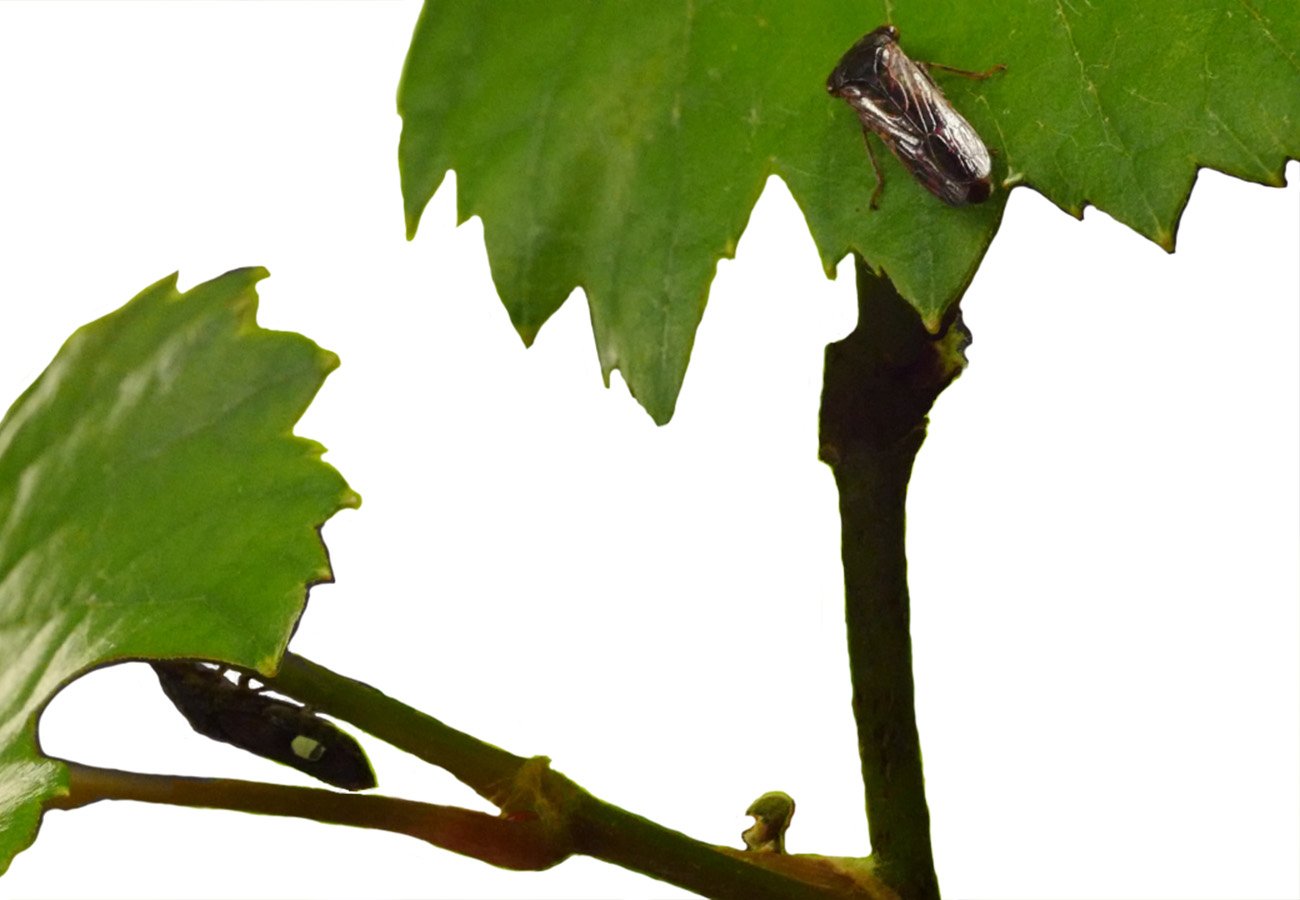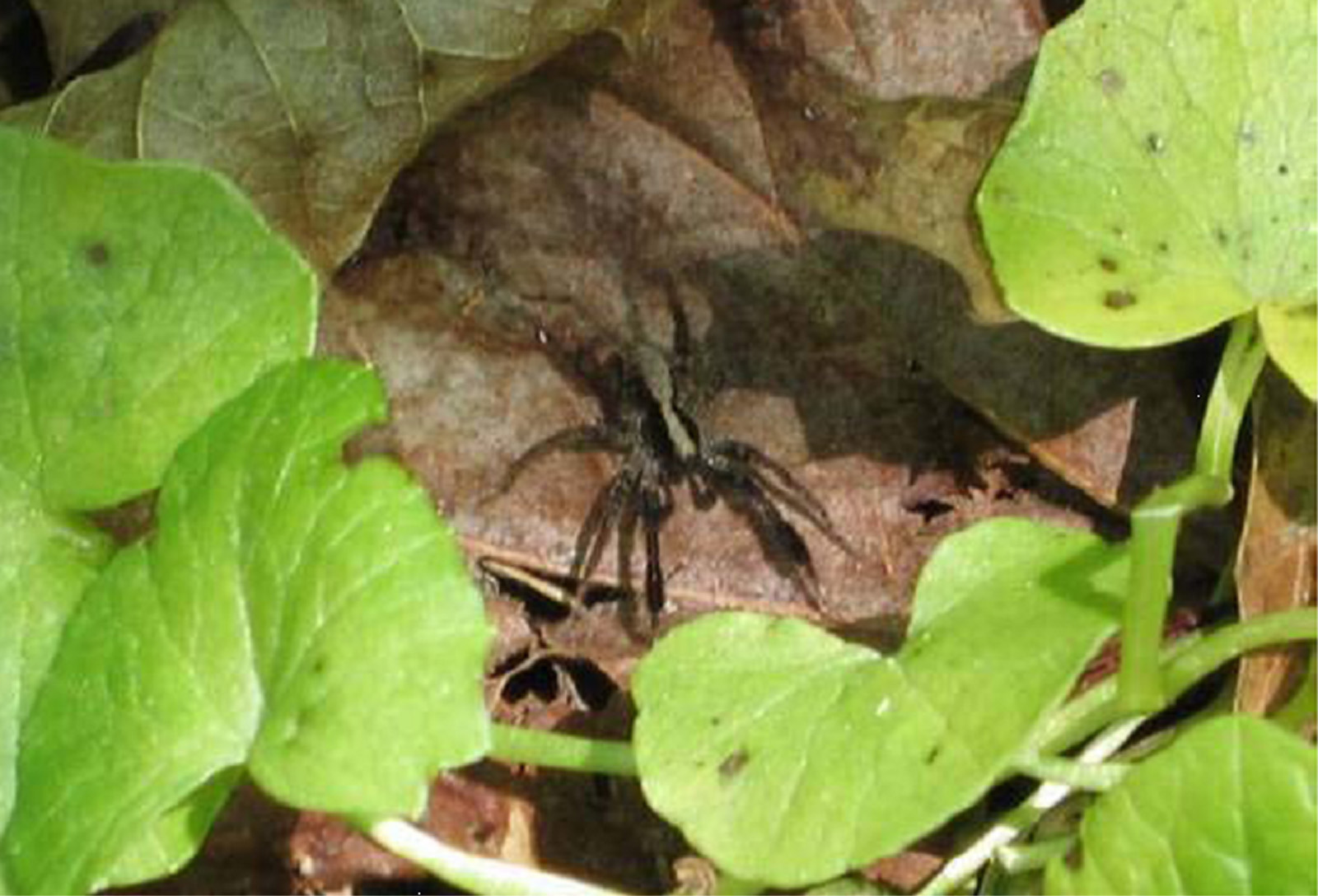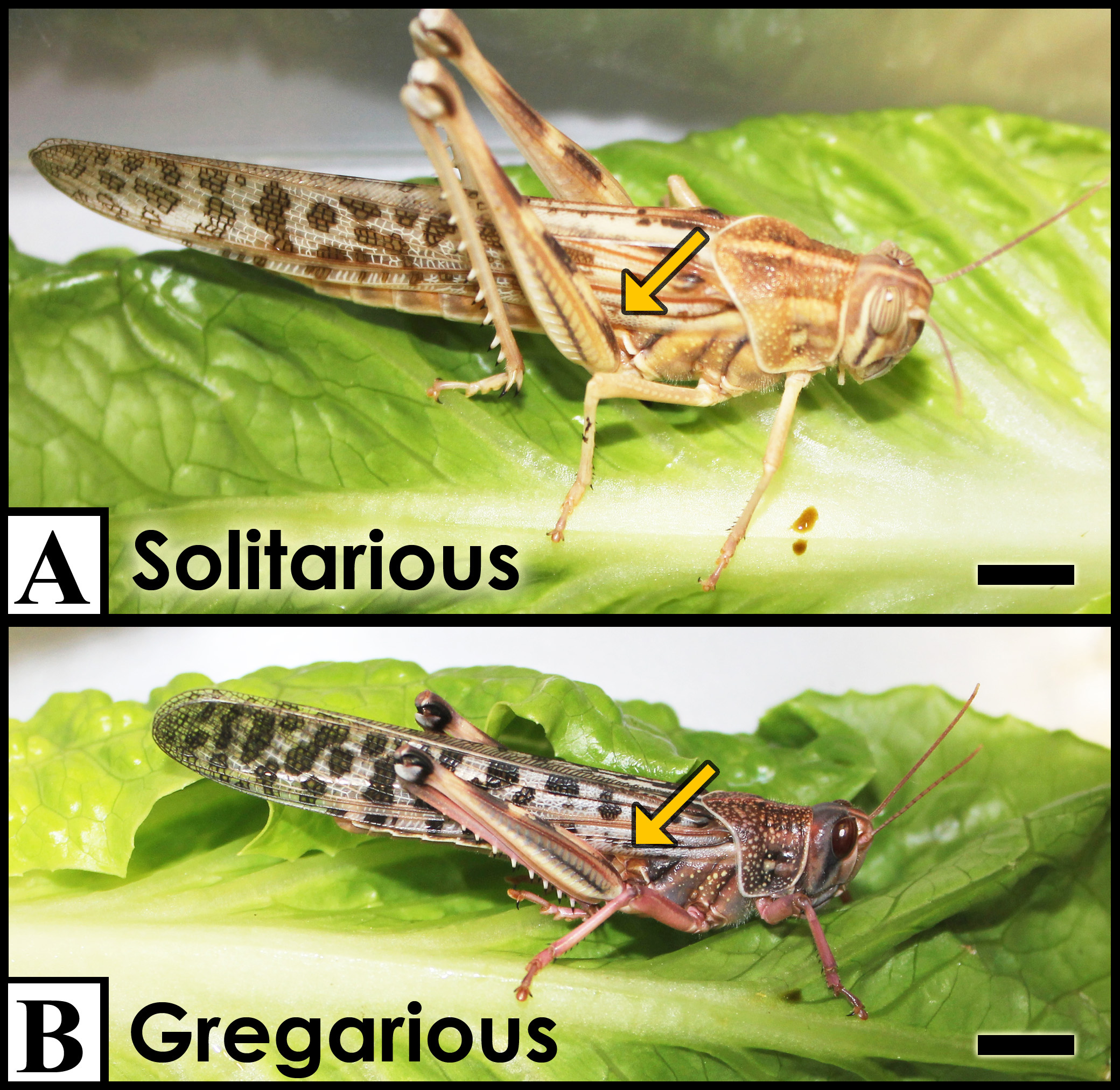Environmental Interference
Insects commonly communicate by exchanging vibrational signals that are transmitted through host plants. These vibrations change based on the structure of the environment. Glassy-winged sharpshooters rely on the vibrations to find a partner to mate. My research uses artificial playback to interfere with communication, preventing successful mating and ideally reducing the population. We have found playing a female signal to a male female pair is enough to disrupt their communication in the lab (Gordon, Sandoval, Mazzoni, Krugner 2017) and possibly even using a lower energy single tone (Mazzoni, Gordon, Nieri, Krugner 2017). We explored signal transmission on the grapevine (Gordon et al 2018). In addition, we wrote a book chapter explaining how one may use vibrations to interfere with the communication environment to reduce mating (Gordon and Krugner 2019).


The natural environment too can influence how animals behave. I have found that wolf spiders, Schizocosa ocreata, will alter their behaviors depending on the environmental conditions. If they are on a substrate that does not transmit their vibrations they will use more visual signaling (Gordon and Uetz 2011). In noisy conditions, a female will orient towards males to receive the signals more clearly (Gordon and Uetz 2012). If predators are present, the spiders take longer to both court and respond to courtship.
The environment may influence how an animal looks or behaves. Locusts show an example of such epigenetic effects by expressing a solitary or gregarious morphology depending on the conditions during development. Solitarious phase locusts are thought to have better abilities to sense long distance cues while gregarious phase locusts are more adept at contact senses. I have explored their hearing ability based on phase, finding solitary animals have more sensitive hearing especially for high frequencies (Gordon, Jackson, Rogers, Windmill 2014). Hearing high frequencies well will help protect them against predatory bats when they are flying alone and do not have the protection of being one individual in a swarm.
Temperature is an important component of the environment. By studying locust ear membrane mechanics, I have found that their ears move different amounts based on the temperature (Eberhard, Gordon, Windmill, Ronacher 2014). This physiological response is one that then translates to how sensitive their neural response is in different temperature conditions.

